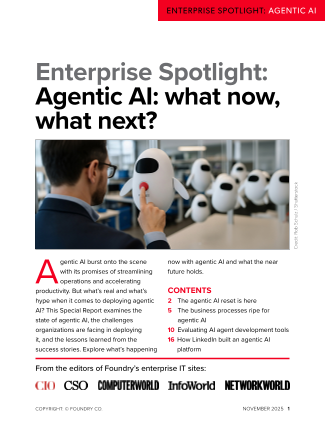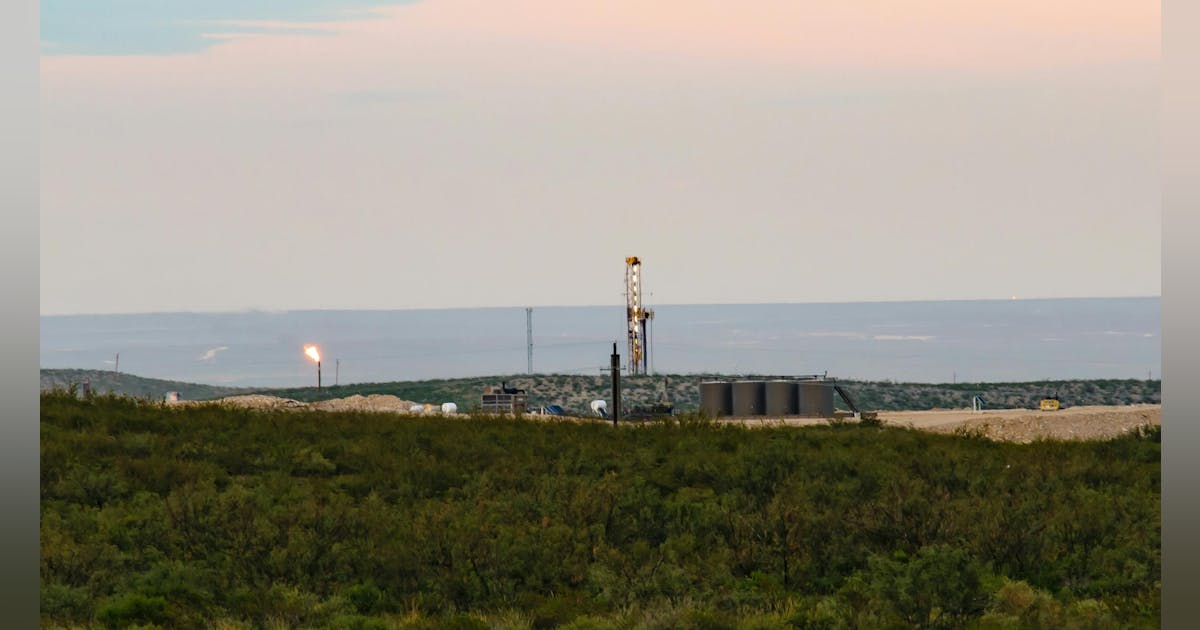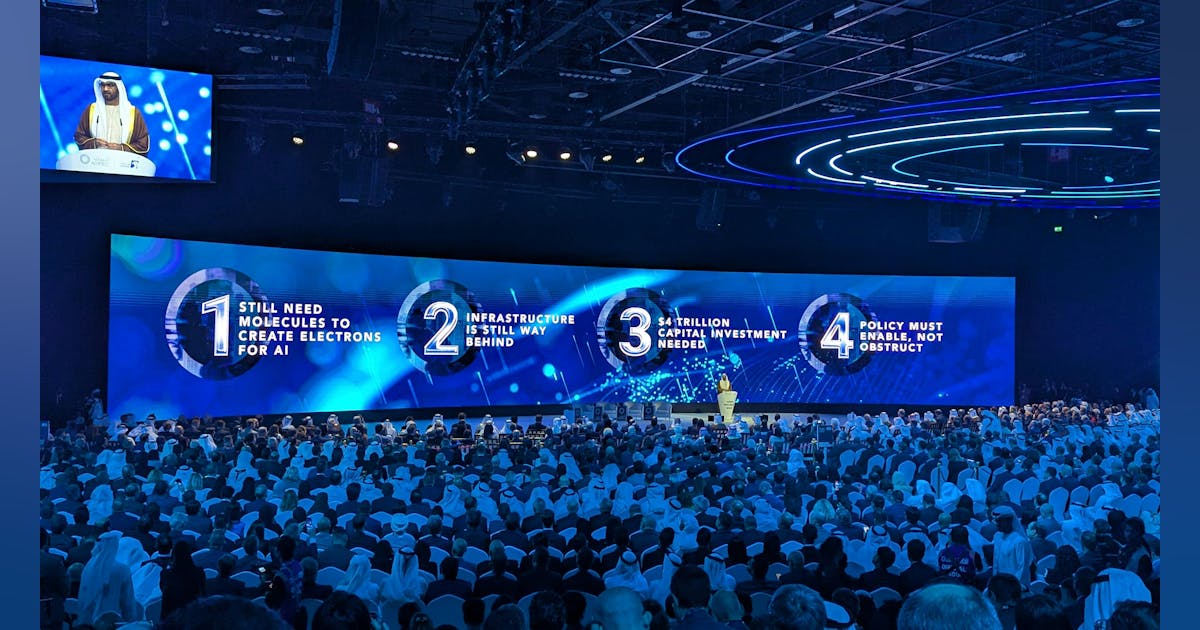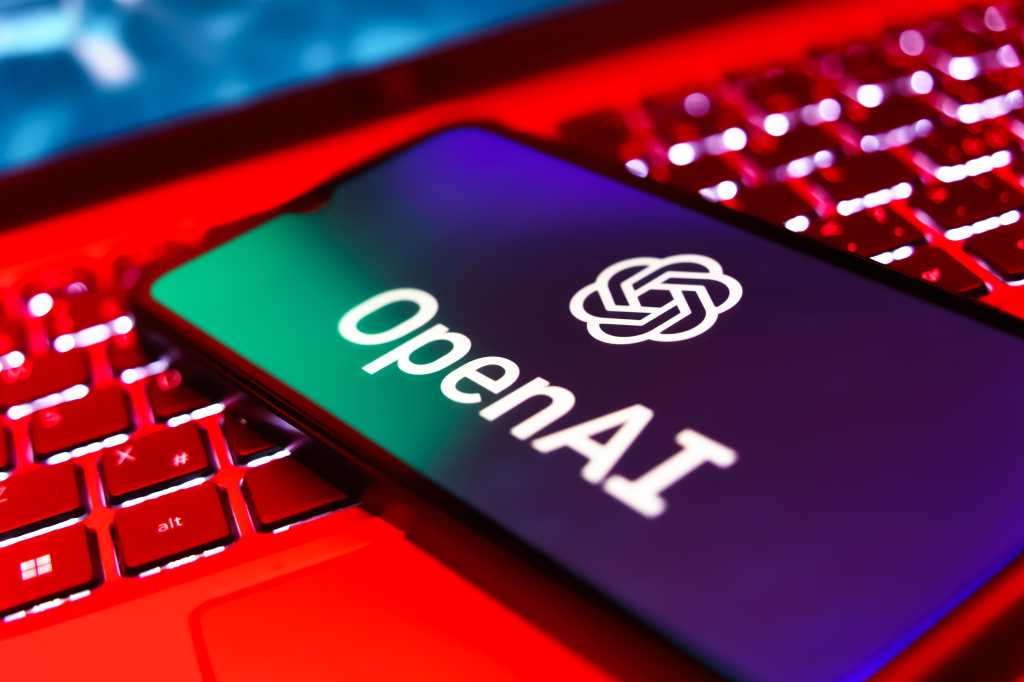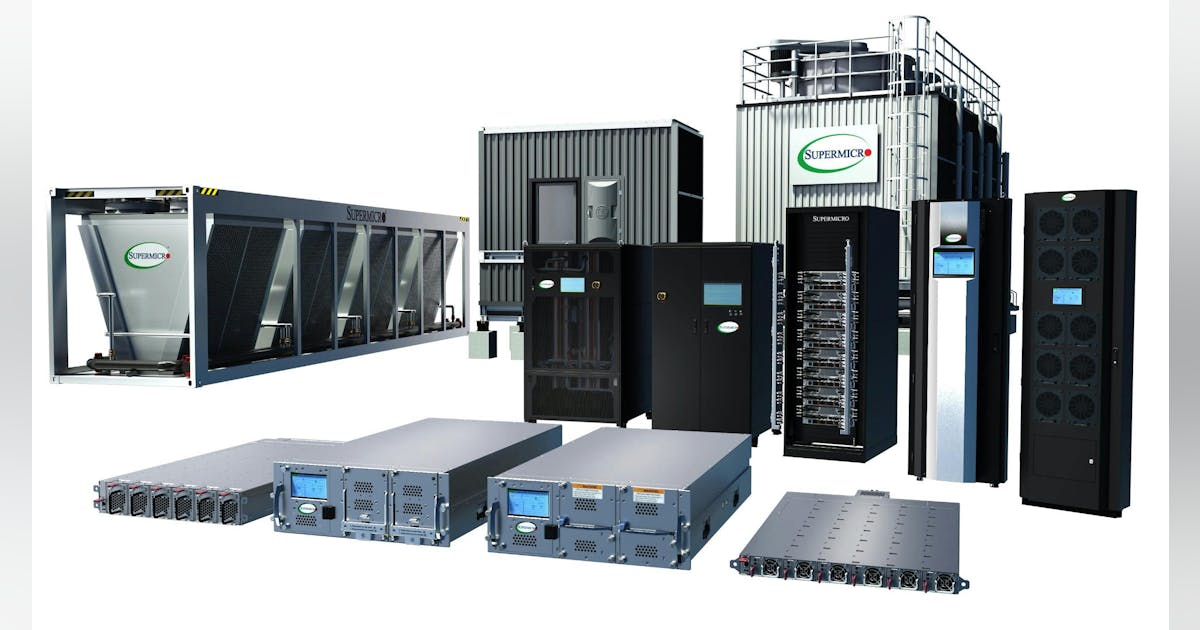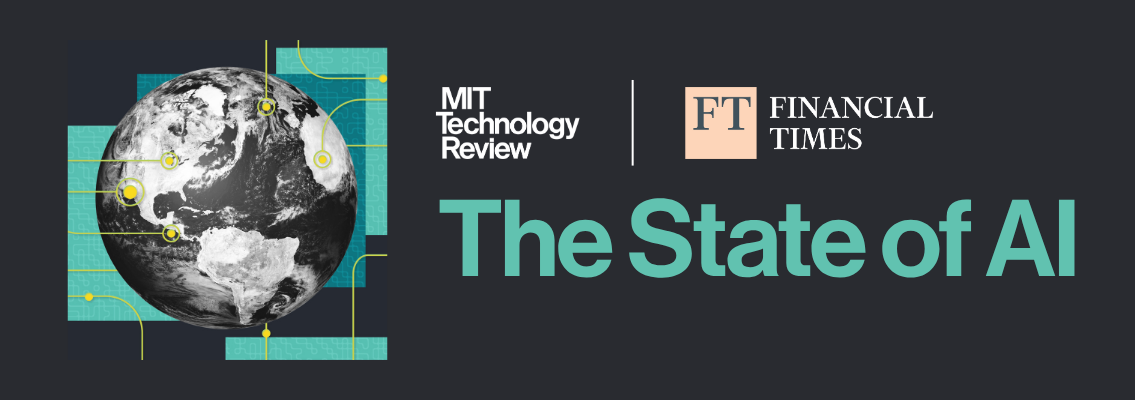
Quebec has long resisted proposals to build new oil and gas pipelines through its territory. US President Donald Trump’s threats against Canada might change that.
Quebec Environment Minister Benoit Charette said the government of the Canadian province is open to reconsidering two major energy infrastructure projects that it previously rejected.
TC Energy Corp.’s Energy East pipeline, which would have carried western Canadian crude to refineries in eastern Canada, was mothballed in 2017 over regulatory hurdles and intense political opposition in Quebec. A separate proposal known as GNL Quebec to build a liquefied natural gas pipeline and export terminal in the Saguenay region was rejected by both federal and provincial authorities on environmental grounds.
Both would still be turned down if presented under the same terms today, but if they were improved, it’s open for debate, Charette told reporters Wednesday. “If we address these concerns today, these are projects that could be accepted,” he said.
The comments underscore how Trump’s threats to impose broad tariffs on US imports of Canadian goods have changed the political landscape in Canada. Trump has also made repeated statements that he believes Canada should become a US state — an idea that is rejected by a large majority of Canadians, according to polls. One survey by Ipsos, published shortly before Trump’s inauguration, found that 80% of respondents would “never” vote for Canada to become part of the US.
Foreign Minister Melanie Joly, who’s from Quebec, told a Montreal business audience Tuesday that Trump’s threats might reshape how Quebeckers think about fossil fuel projects.
“It’s a question people have to ask themselves here,” Joly said. “At the same time, we have environmental objectives. We have to reduce our C02 emissions. I’m very, very interested to know: Does what’s happened in the last few days change the game?”
South Bow Corp., the oil pipeline company spun out of former Energy East proponent TC Energy Corp., declined to comment on Energy East. TC Energy, which owns the gas pipeline that would have been converted to carry oil under this project, didn’t respond to a request for comment.
WHAT DO YOU THINK?
Generated by readers, the comments included herein do not reflect the views and opinions of Rigzone. All comments are subject to editorial review. Off-topic, inappropriate or insulting comments will be removed.
MORE FROM THIS AUTHOR
Bloomberg




